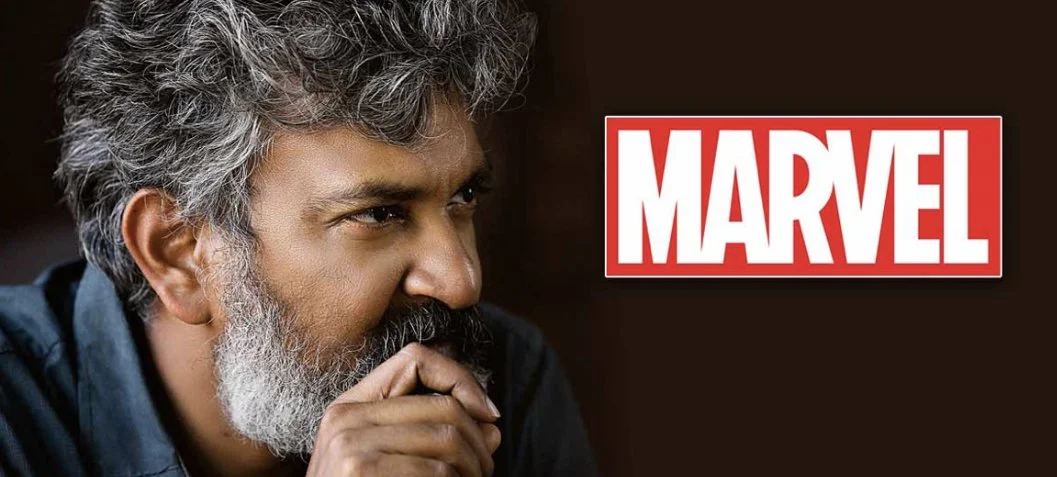Today’s filmmakers, those working within the limits of a big studio, try to make movies for those who grew up with music videos, video games, social media, mass-texting — basically, people who have shorter attention spans.
“RRR” director SS Rajamouli gets that. Recently chatting with The New Yorker, he was asked about the quality of action filmmaking in Marvel and other recent superhero movies:
“They make extraordinary action set pieces. I mean, the action sequences are the reason I watch Marvel movies. I get engrossed in their action set pieces – I just love them. Their quality, their ingenuity, and their visual compositions – everything is mind-bogglingly good.
But one complaint I have: the editing in these sequences is too fast. That kind of pace doesn’t allow me to fully immerse myself in each shot and enjoy them completely.
Sometimes you lose a semblance of who is fighting whom, who is hitting whom, and what happened. The action scenes are otherwise great, except for that one small complaint.”
He’s right. I mean, not all Marvel movies are like that, but a good chunk of them are. You basically go along with the action until overkill blows your fuses. These are movies primarily aimed at TikTok-obsessed teenagers, so of course they would assault your senses with quick-cut editing.
It’s become a plague of modern action cinema. Your heroic story is rendered meaningless if I can't tell what the hell is going in the climatic battle scene. I left the recent “Ant-Man: Quantamania” feeling mauled by the editing. There were a lot more up close shots of action beats than I needed.
What today’s modern action needs is more wider tracking motions and seeing more of each character, including bettwr blocking. That’s basically what Rajamouli did with “RRR” and why its action, albeit cartoonish in nature, worked so well.
The popularization of frenetic cutting in American cinema occurred in tandem with the popularization of music videos, and the MTV revolution. It was certainly influenced by the generation of filmmakers who grew out of the music video industry.
Michael Bay, who came from music videos, might be the biggest influence of this style with his knack for extremely low-average shot length. Whether you like Bay or not, his ‘90s action movies have had a lasting impact in the way Marvel shoots its big scenes.
The resulting, and lasting, effect on moviemaking is action scenes that look more like montages. Not the ones Eisenstein would have approved of, but rather meaningless ones, with a lot crash bang boom and not a whole lot of characterization or substantial clarity.






